Ultra Maritime Delivers New Innovation in Hybrid Anti-Submarine Warfare Capabilities with Sea Tracker
Dartmouth, NS — Ultra Maritime proudly announces a significant advancement in hybrid anti-submarine warfare (ASW) innovation for allied navies with the contract award of Sea Tracker – a modular, containerized submarine detection capability. Sea Tracker delivers frigate-grade ASW performance in a standardized 20-foot ISO container. It is designed for uncrewed and non-traditionally crewed platforms, dramatically increasing preparedness and situational awareness in complex maritime environments.
Sea Tracker’s scalable architecture enables the seamless integration of Ultra Maritime’s full suite of towed technologies, including torpedo defense systems, inline active/passive, and strategic surveillance arrays. This system-of-systems capability enables a rapidly deployable containerized asset, allowing navies the ability to classify, track and prosecute the stealthiest submarines in all areas of operation.
Through the collaboration and support of the Atlantic Canada Opportunities Agency (ACOA) and COVE, Ultra Maritime is providing this modular solution to the Defence Research and Development Canada (DRDC) for the experimentation and development of next-generation ASW concepts. These partnerships underscore a shared commitment to innovation, conceptual and tactical development for the purpose of maritime defense excellence.
With continued investment in advanced technologies, Ultra Maritime remains dedicated to delivering best-in-class solutions that provide navies with the agility, adaptability and strategic advantage needed to dominate the underwater domain.


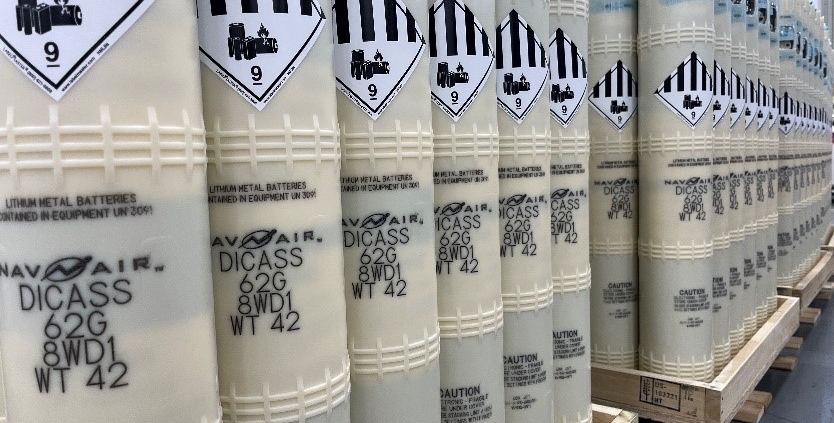
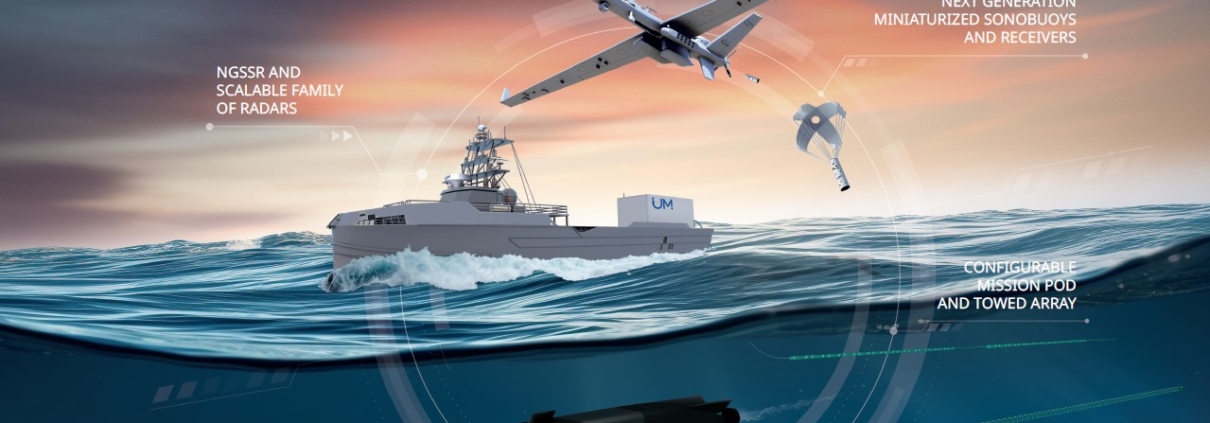
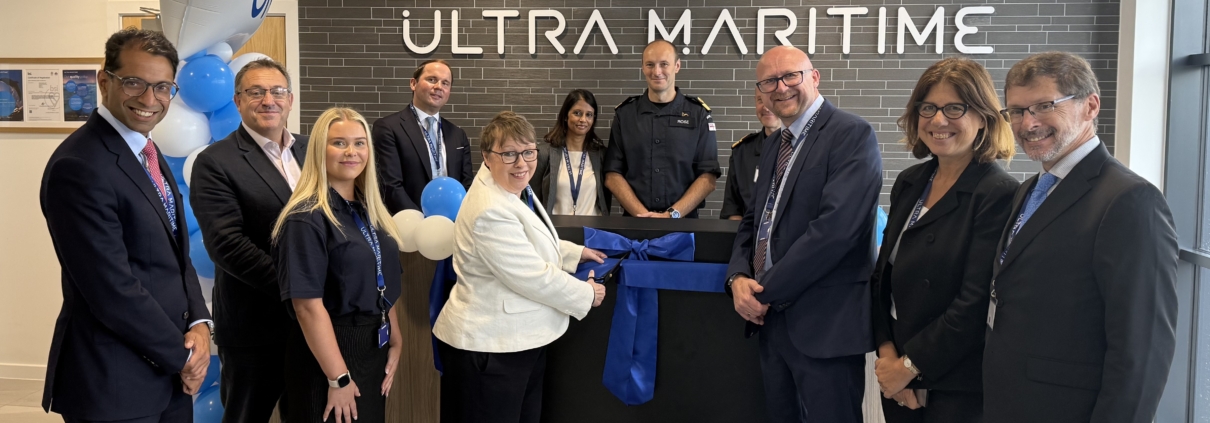
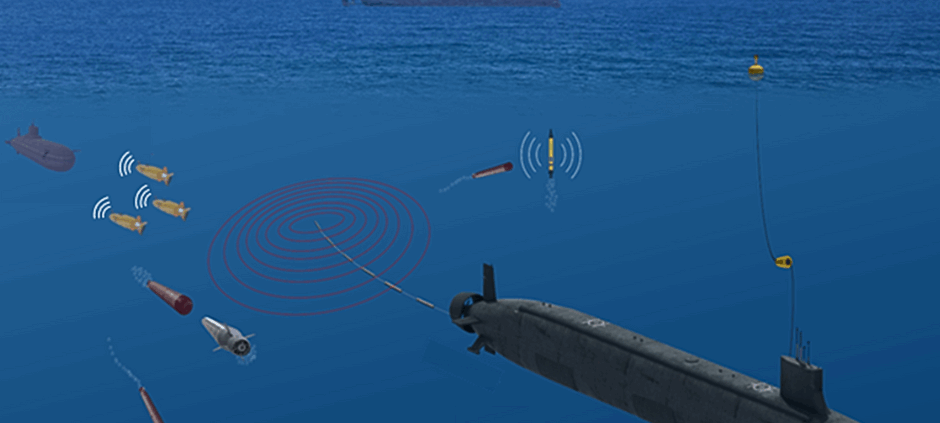
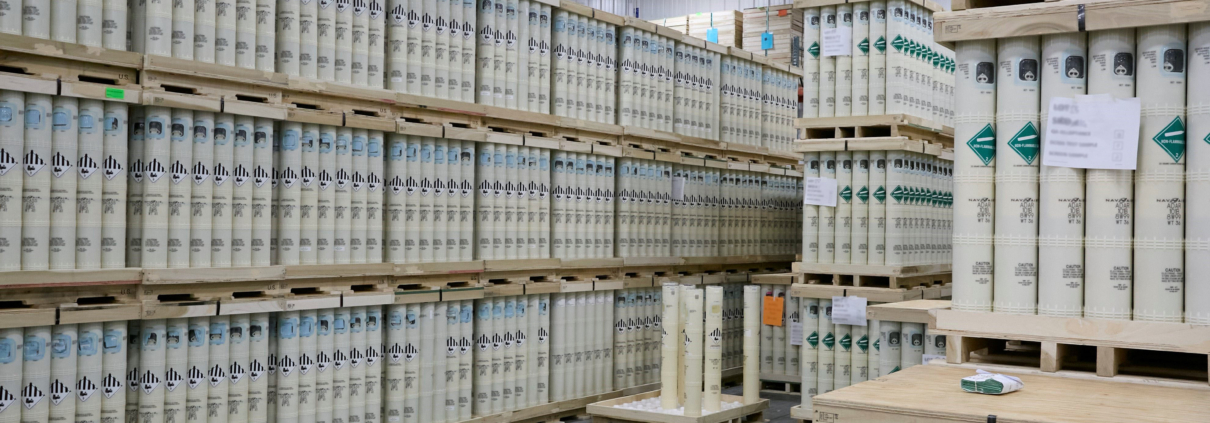
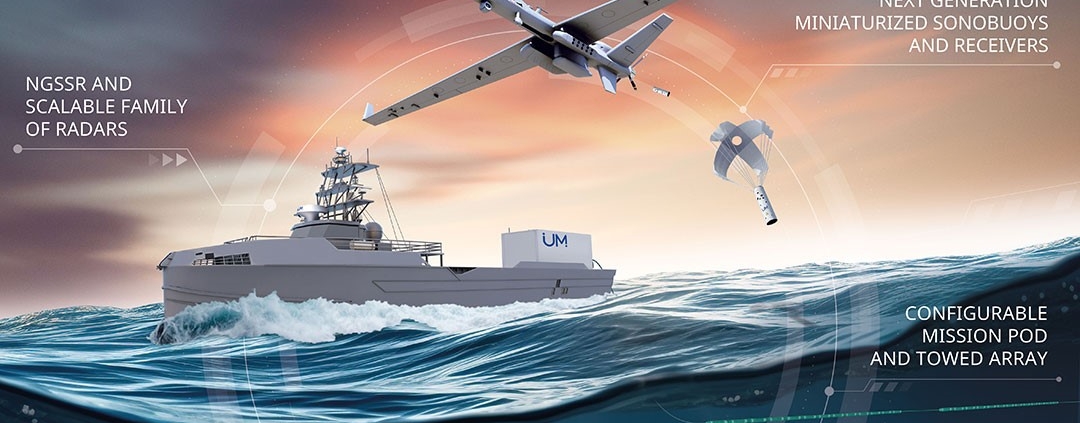
 Photo by Petty Officer 2nd Class Jordan Jennings
Photo by Petty Officer 2nd Class Jordan Jennings